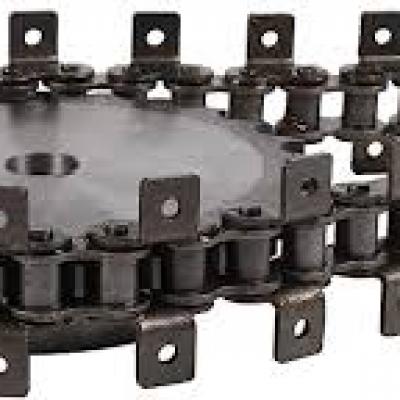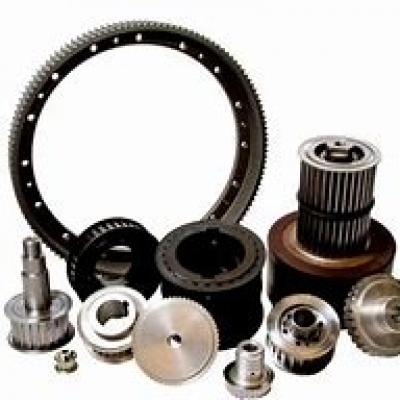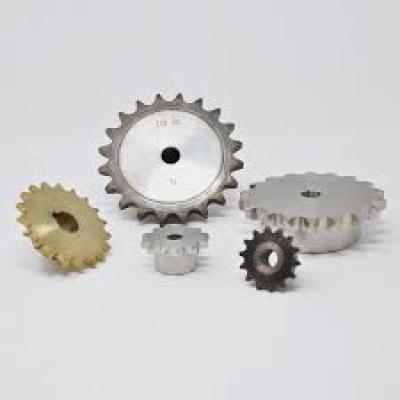A big comparison of the advantages and disadvantages of gear chain transmission and belt transmission
◉How it worksGear transmission, as a device that transmits movement and power through gear pairs, occupies a wide range of applications in modern equipment. Its core principle is to transmit power through gears with equal teeth to achieve precise transmission. With reasonable cooperation, two gears with equal teeth rotate one of the gears by applying external force, and the other gear moves at the same rotation speed but in the opposite direction, thereby driving the operation of the entire machine and equipment.
◉ Advantages
Gear transmission has the advantages of high transmission efficiency, wide applicability, flexible layout and strong reliability. Gear transmission has many advantages, including high transmission efficiency, compact structure, reliable work and long life. In addition, it can achieve a wide range of transmission ratios and is suitable for a variety of different application scenarios.
High transmission accuracy. The gear teeth and teeth modulus are consistent, so that the teeth mesh smoothly during rotation and no sliding phenomenon, ensuring an accurate transmission ratio, and the transmission ratio remains constant.
Wide applicability. The power range of gear transmission energy is extremely large, from a tiny 0.001W to a huge 60,000kW; at the same time, its circumferential speed can be extremely low or up to 150m/s.
Flexible space layout. Gear transmission can easily achieve transmission between any two axes in space such as parallel shafts, intersecting shafts, and staggered shafts.
Reliability and durability. Gear transmission has excellent working reliability and service life.
◉ Cons
Gear transmission has high manufacturing cost and poor environmental adaptation, so it is not suitable for long-distance transmission.
High manufacturing and installation costs. Gear transmissions are relatively expensive due to strict manufacturing and installation requirements.
Strict environmental requirements. Gear transmission is more sensitive to environmental conditions.
The scope of application is limited. Gear transmission is not suitable for transmission between two shafts far apart.
The vibration damping and impact resistance are relatively weak. Since gears are usually made of steel, a rapid impact between steel and steel can produce vibration and noise during rotation.
02
Chain transmission analysis
◉How it works
Chain transmission is a transmission method that transmits the movement and power of the driving sprocket to the driven sprocket through the chain. Its characteristic is that the driving sprocket and driven sprocket are connected through a chain to achieve power transmission.
◉ Advantages
The chain transmission is simple and efficient, adapts to large loads, and can cope with a variety of environments. The advantages of chain transmission are reflected in the following aspects: First, its structure is simple and its transmission efficiency is relatively high; second, chain transmission can adapt to a larger transmission ratio and can carry larger loads; in addition, since the materials of the chain are mostly wear-resistant materials, its service life is relatively long.
The tension required for chain transmission is small and the load acting on the shaft is relatively small, which helps to reduce friction loss of the bearing.
The chain transmission can adapt to stable operation in a working environment with high temperature, oil pollution, high humidity and low speed operation.
Chain transmission has a high transmission efficiency because it does not have elastic sliding phenomenon and the average transmission ratio is accurate and reliable.
◉ Cons
The chain transmission is instability and produces noise, which is not suitable for occasions with large changes. For example:
Chain transmission has instability in the inst





